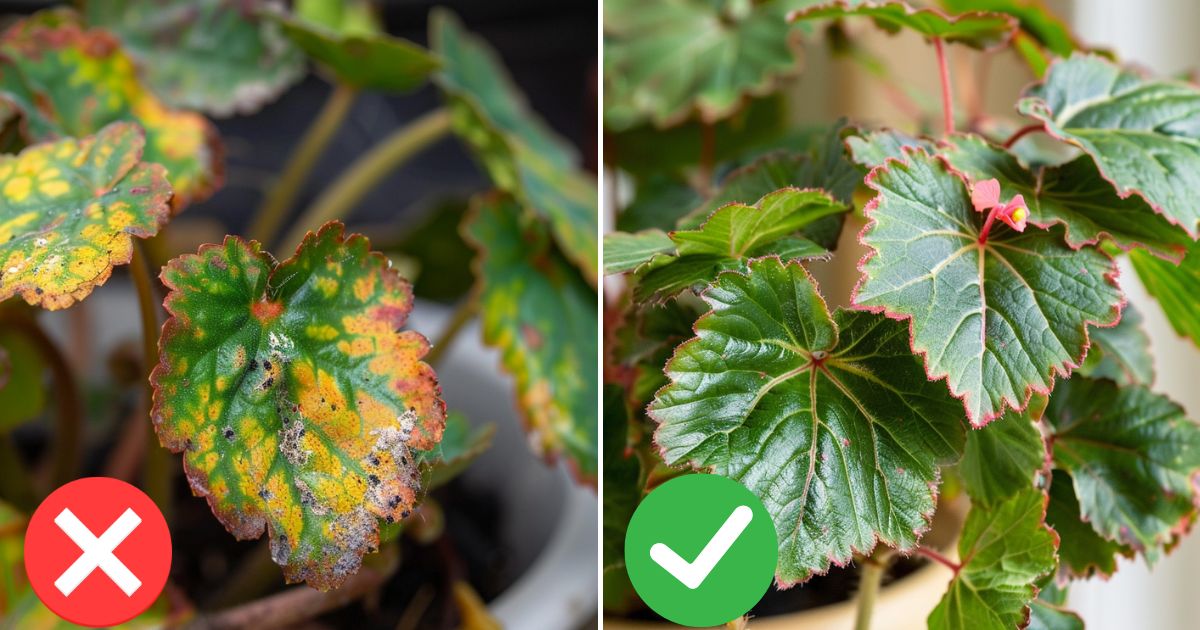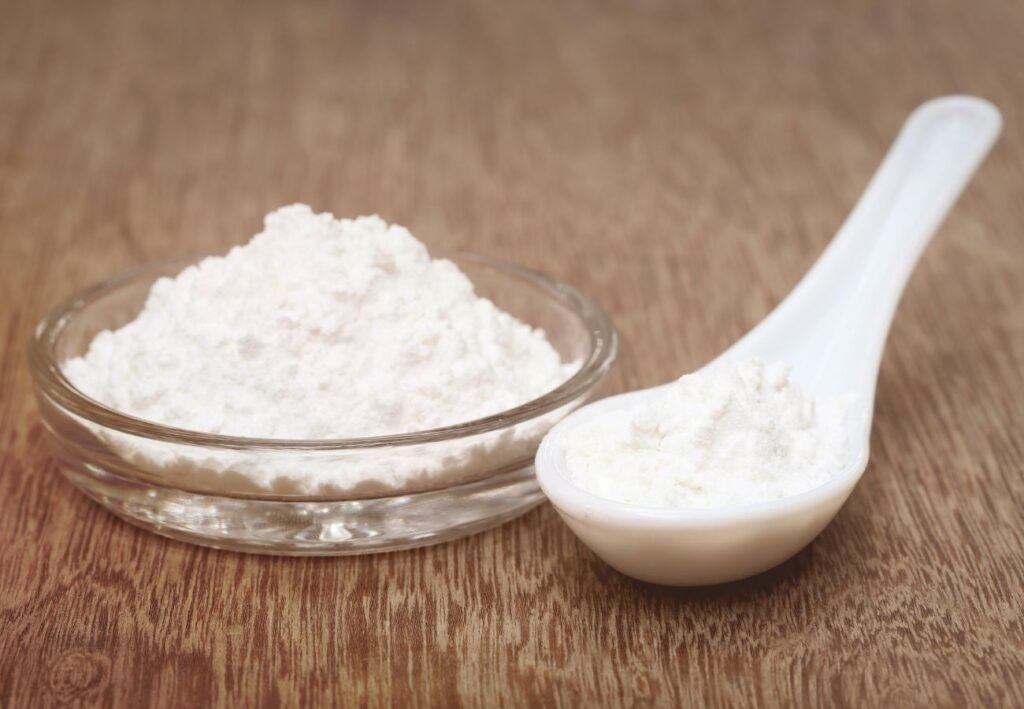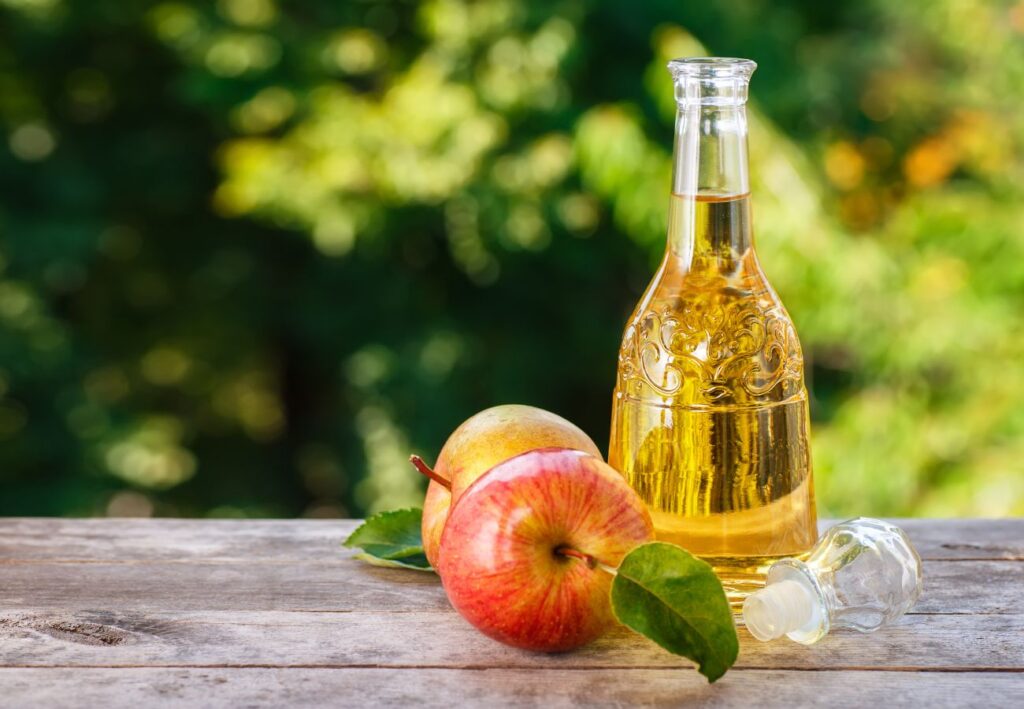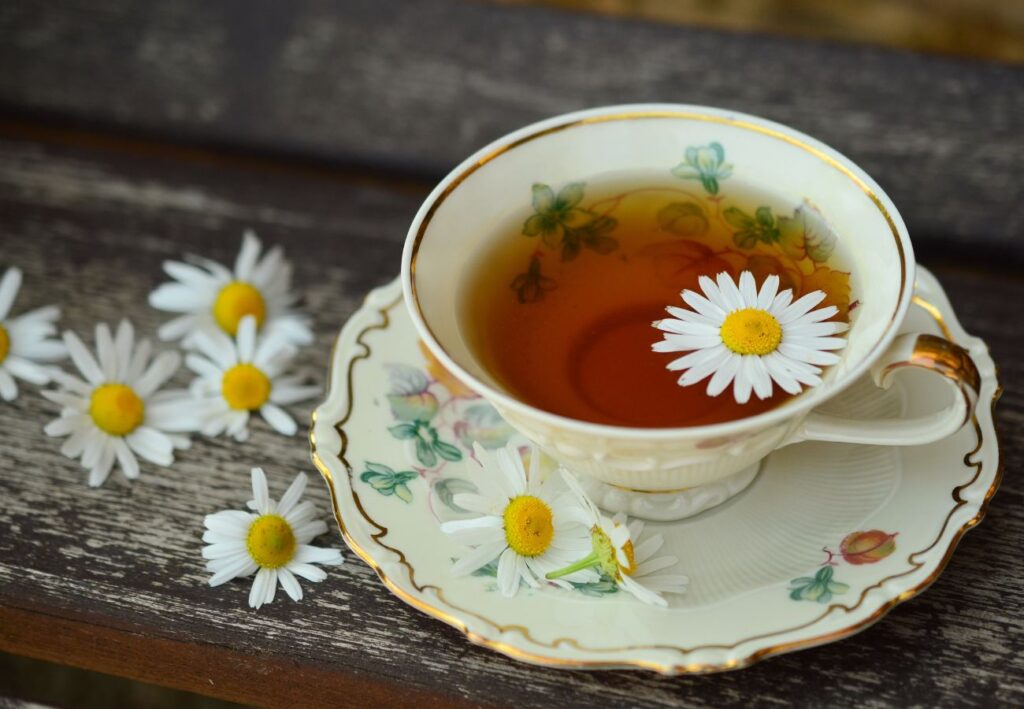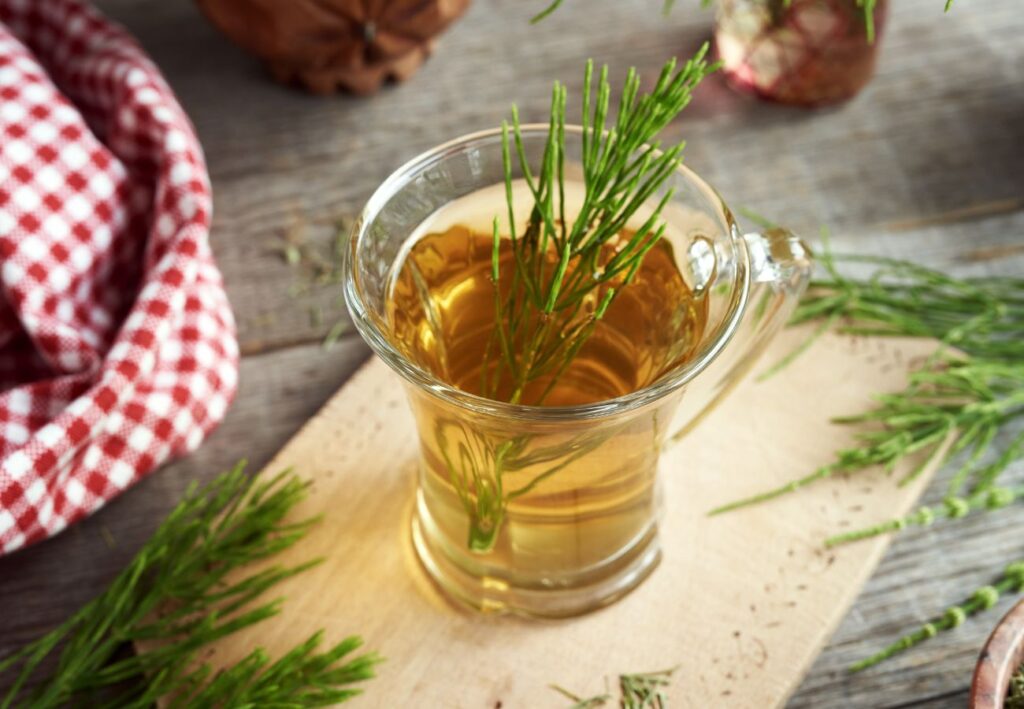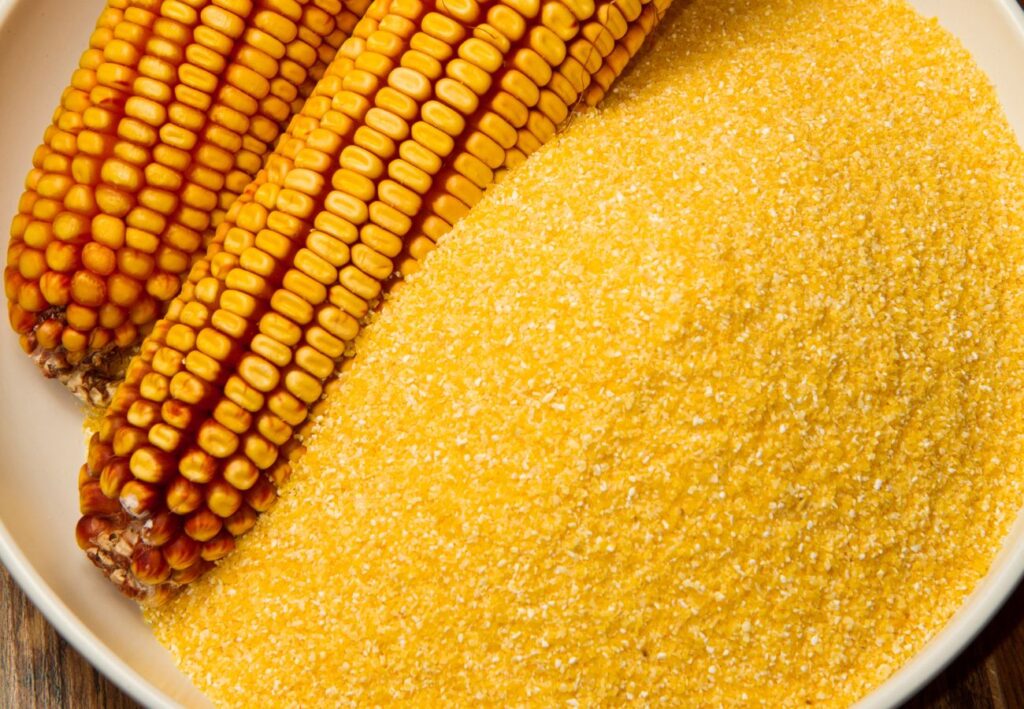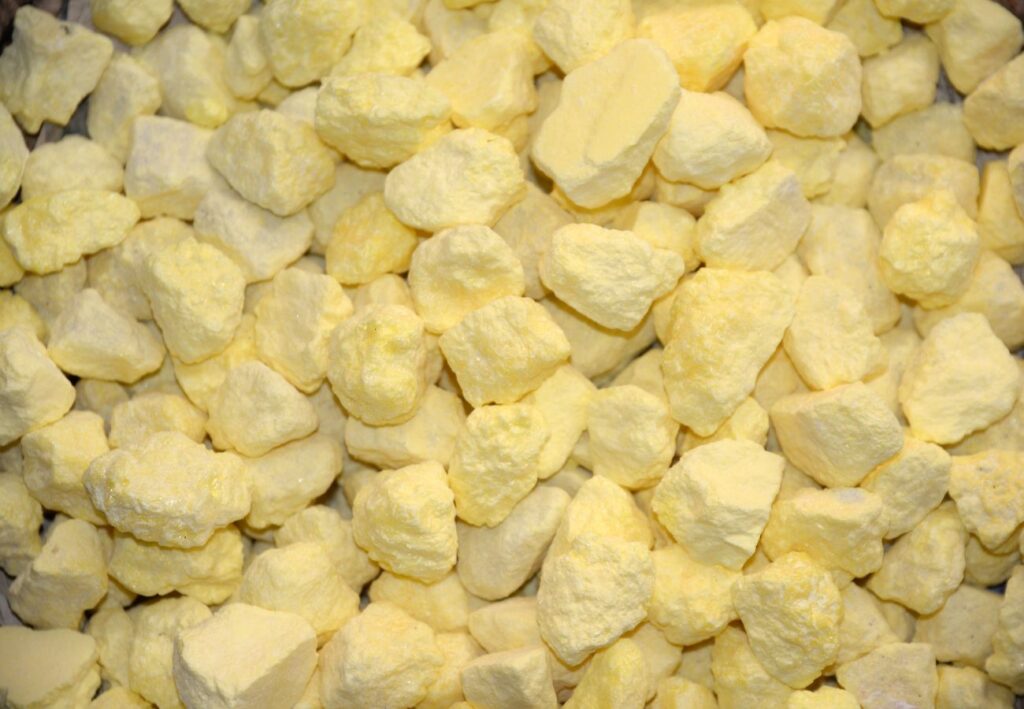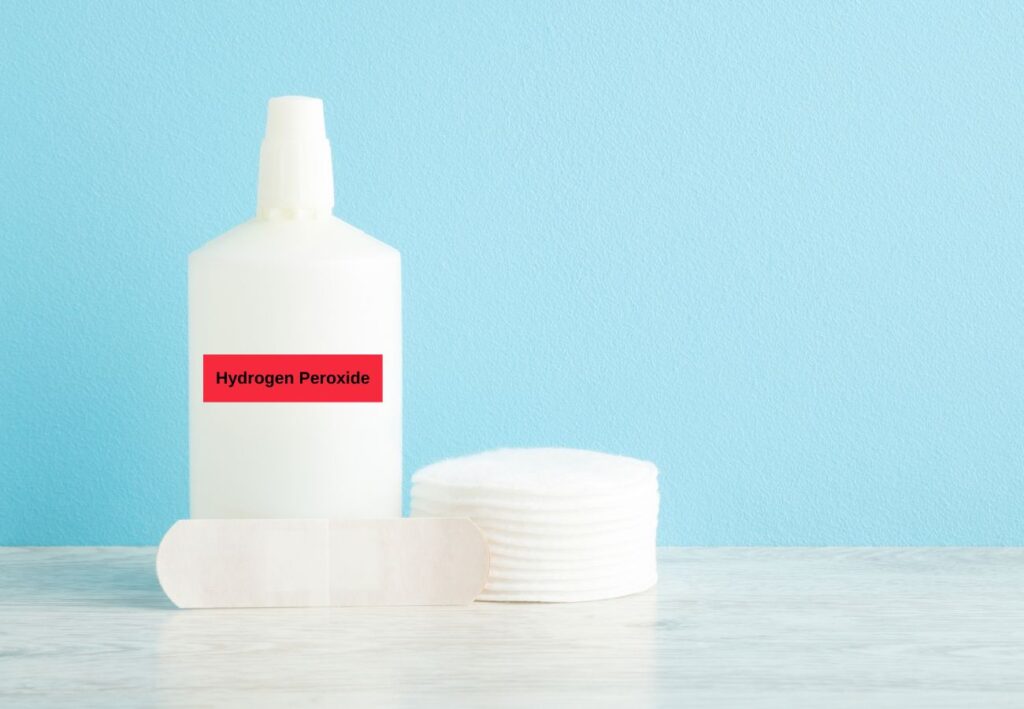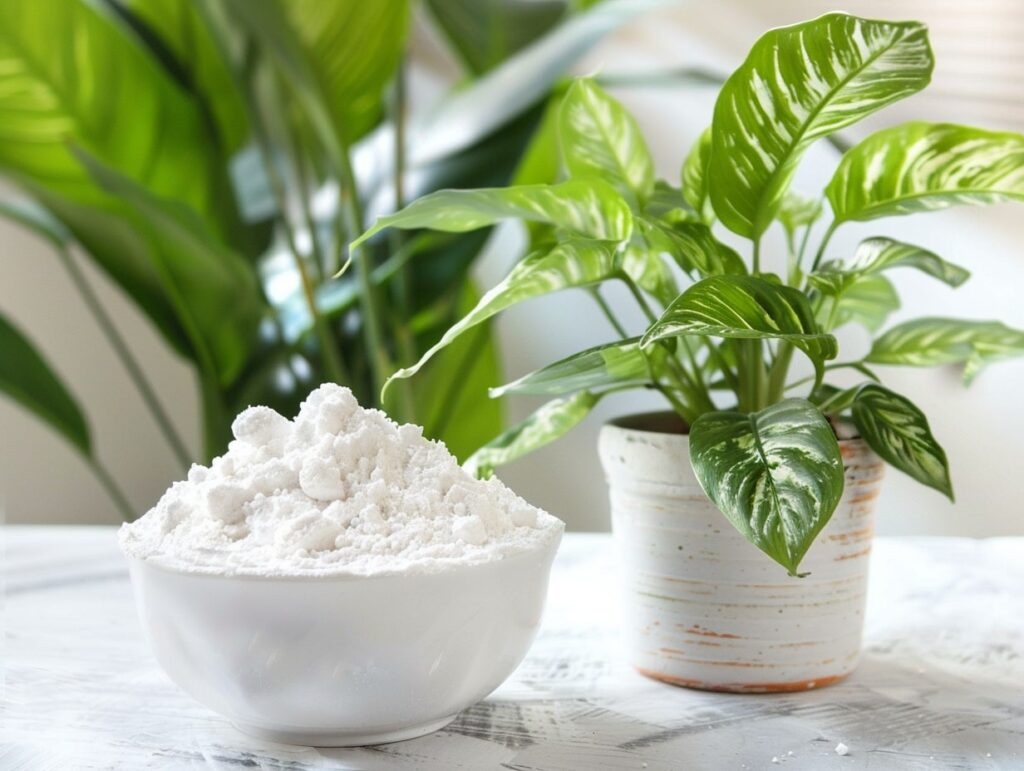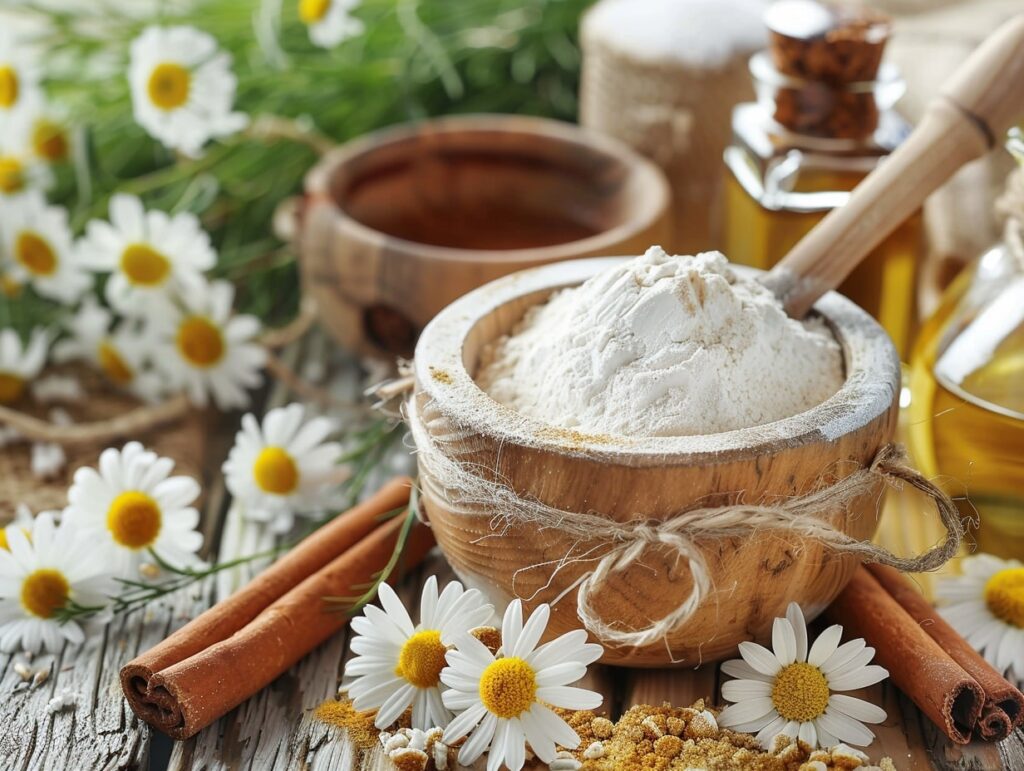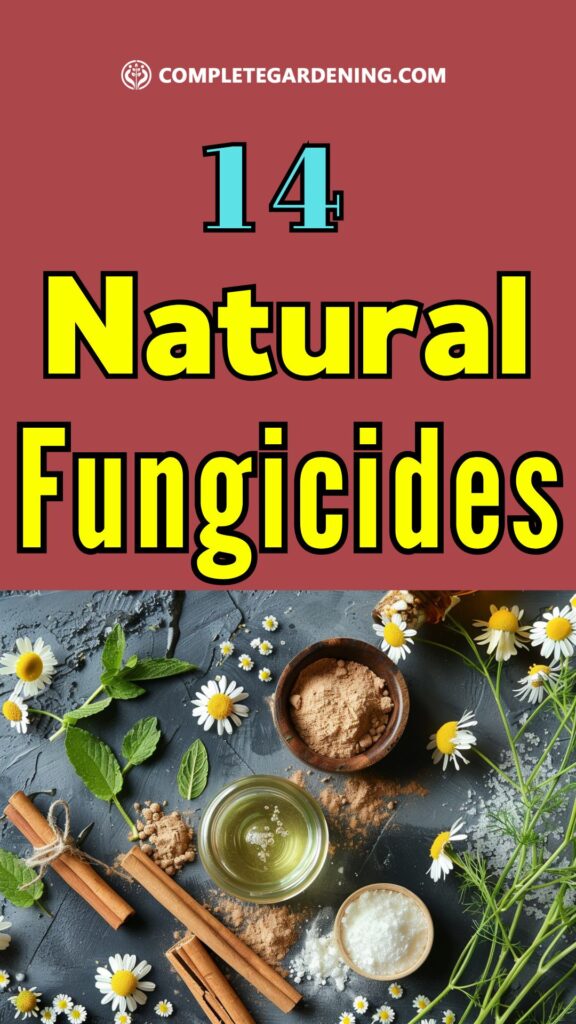Ever felt the frustration of watching your carefully nurtured garden succumb to unsightly spots and sickly leaves? We’ve all been there. Plant diseases, often driven by various fungi, can turn your gardening dream into a nightmare.
While reaching for chemical fungicides might seem like the answer, they can harm more than they help, affecting the environment and even our health. But don’t worry—there’s a better way.
Curious about how you can naturally keep your garden healthy and disease-free? Let’s explore seven natural fungicides that are as safe as they are effective.
1. Neem Oil
What It Is:
Neem oil is extracted from the seeds of the neem tree (Azadirachta indica) and has been used in traditional medicine and agriculture for centuries.
How It Works:
Neem oil contains azadirachtin, a compound that disrupts the growth and reproduction of fungi. It also has insecticidal properties, making it a versatile tool in your gardening arsenal.
How to Use:
- Mix 1-2 tablespoons of neem oil with a gallon of water.
- Add a few drops of dish soap to help the mixture adhere to plant surfaces.
- Spray the solution on affected plants, covering all surfaces thoroughly.
- Repeat every 7-14 days or after rainfall.
2. Baking Soda
What It Is:
Baking soda (sodium bicarbonate) is a common household product that can also be used to combat fungal infections in plants.
How It Works:
Baking soda increases the pH level on the surface of plant leaves, creating an environment that is inhospitable to fungi.
How to Use:
- Dissolve 1 tablespoon of baking soda in a gallon of water.
- Add 1 teaspoon of liquid dish soap or horticultural oil to help the solution stick to the leaves.
- Spray the mixture on the affected plants, making sure to cover both the tops and undersides of leaves.
- Apply once a week until the fungal infection is under control.
3. Garlic
What It Is:
Garlic is not only a kitchen staple but also a powerful antifungal agent due to its sulfur compounds.
How It Works:
The sulfur compounds in garlic, particularly allicin, have strong antifungal properties that can help control a wide range of plant pathogens.
How to Use:
- Crush 10-12 garlic cloves and steep them in 1 quart of water for 24 hours.
- Strain the mixture and add it to a gallon of water.
- Spray the solution on infected plants, focusing on the most affected areas.
- Use the spray weekly or after heavy rain.
4. Apple Cider Vinegar
What It Is:
Apple cider vinegar (ACV) is known for its various health benefits and can also be used as a natural fungicide.
How It Works:
The acetic acid in vinegar lowers the pH level on plant surfaces, which helps to inhibit fungal growth.
How to Use:
- Mix 1-2 tablespoons of apple cider vinegar with a gallon of water.
- Spray the mixture on the affected plants, ensuring complete coverage.
- Apply every few days until the infection is under control.
5. Chamomile Tea
What It Is:
Chamomile tea, commonly used for its calming effects in humans, can also be beneficial for plants.
How It Works:
Chamomile contains sulfur and other compounds that have antifungal properties, helping to prevent and treat fungal infections.
How to Use:
- Brew a strong chamomile tea by steeping 4 tablespoons of dried chamomile flowers in 2 cups of boiling water for 15-20 minutes.
- Strain the tea and dilute it with 2 gallons of water.
- Spray the solution on affected plants, focusing on areas with visible fungal growth.
- Repeat the application every 7-10 days.
6. Horsetail Tea
What It Is:
Horsetail (Equisetum arvense) is a prehistoric plant rich in silica, which can be used to make a natural fungicidal tea.
How It Works:
Silica helps strengthen plant cell walls, making them more resistant to fungal infections. Horsetail also contains compounds that have direct antifungal effects.
How to Use:
- Boil 1 cup of dried horsetail in 2 quarts of water for 20 minutes.
- Let it cool and strain the liquid.
- Dilute the tea with 2 gallons of water.
- Spray the mixture on your plants, especially those showing signs of fungal infection.
- Use the spray every 10-14 days.
7. Cinnamon
What It Is:
Cinnamon, a popular spice, is also known for its antifungal properties.
How It Works:
Cinnamon contains cinnamaldehyde, a compound with potent antifungal effects, making it effective against a variety of plant pathogens.
How to Use:
- Mix 1 tablespoon of cinnamon powder in a gallon of water.
- Allow the mixture to steep for a few hours, then strain it.
- Spray the solution on affected plants, ensuring thorough coverage.
- Apply once a week until the fungal problem is resolved.
8. Milk
What It Is:
Milk, especially raw or unpasteurized milk, can be an effective natural fungicide.
How It Works:
The proteins and beneficial bacteria in milk help to create an environment that inhibits fungal growth and can even kill certain types of fungi.
How to Use:
- Mix 1 part milk with 9 parts water.
- Spray the solution on affected plants, ensuring thorough coverage.
- Apply once a week or after rain for ongoing protection.
9. Cornmeal
What It Is:
Cornmeal is a common pantry item that can be used as a soil amendment to fight fungal diseases.
How It Works:
Cornmeal contains beneficial microorganisms that help to control fungal growth in the soil.
How to Use:
- Sprinkle a thin layer of cornmeal around the base of your plants.
- Water the area well to help the cornmeal integrate into the soil.
- Repeat as needed to maintain soil health.
10. Sulfur
What It Is:
Sulfur is a naturally occurring element that has been used as a fungicide for centuries.
How It Works:
Sulfur interferes with the cellular respiration of fungi, effectively preventing them from growing and spreading.
How to Use:
- Purchase sulfur powder or a sulfur-based fungicide from a garden center.
- Follow the manufacturer’s instructions for mixing and application.
- Apply to affected plants, ensuring complete coverage of the foliage and stems.
- Use as needed, especially during damp weather.
11. Hydrogen Peroxide
What It Is:
Hydrogen peroxide is a common household disinfectant that can also be used as a fungicide.
How It Works:
Hydrogen peroxide releases oxygen upon contact with plant surfaces, which can kill fungal spores and bacteria.
How to Use:
- Mix 1 part 3% hydrogen peroxide with 4 parts water.
- Spray the solution on affected plants, focusing on areas with visible fungal growth.
- Repeat every few days until the infection is under control.
12. Potassium Bicarbonate
What It Is:
Potassium bicarbonate is a chemical compound similar to baking soda but more effective against fungi.
How It Works:
Potassium bicarbonate disrupts the cell walls of fungi, preventing their growth and spread.
How to Use:
- Mix 1 tablespoon of potassium bicarbonate with 1 gallon of water.
- Add a few drops of dish soap to help the solution adhere to plant surfaces.
- Spray the mixture on affected plants, ensuring thorough coverage.
- Apply once a week or as needed.
13. Eucalyptus Oil
What It Is:
Eucalyptus oil is derived from the leaves of eucalyptus trees and is known for its antimicrobial properties.
How It Works:
The essential oils in eucalyptus have strong antifungal and antibacterial effects, helping to protect plants from diseases.
How to Use:
- Mix 1 teaspoon of eucalyptus oil with 1 gallon of water.
- Add a few drops of dish soap to help the solution stick to plant surfaces.
- Spray the mixture on affected plants, ensuring thorough coverage.
- Apply every 7-10 days or after rainfall.
14. Lemongrass Oil
What It Is:
Lemongrass oil is an essential oil extracted from lemongrass plants, known for its pleasant citrus scent and antifungal properties.
How It Works:
Lemongrass oil contains citral and other compounds that inhibit fungal growth and protect plants from infections.
How to Use:
- Mix 1 teaspoon of lemongrass oil with 1 gallon of water.
- Add a few drops of dish soap to help the solution adhere to plant surfaces.
- Spray the mixture on affected plants, focusing on areas with visible fungal growth.
- Use the spray every 7-10 days or after rain.
Embracing Natural Fungicides: Your Path to a Healthy, Thriving Garden
Including these natural fungicides into your gardening routine is an excellent way to maintain a healthy and thriving garden while being mindful of the environment.
The 14 natural fungicides we’ve explored, from neem oil and baking soda to more surprising options like cornmeal and lemongrass oil, offer effective and safe alternatives to chemical treatments.
By utilizing these natural solutions, you can prevent and treat plant diseases without harming beneficial insects, soil health, or human well-being.
Remember to always test any new treatment on a small section of your plants first and apply regularly for the best results. With these natural fungicides, you can enjoy a lush, disease-free garden all season long.
